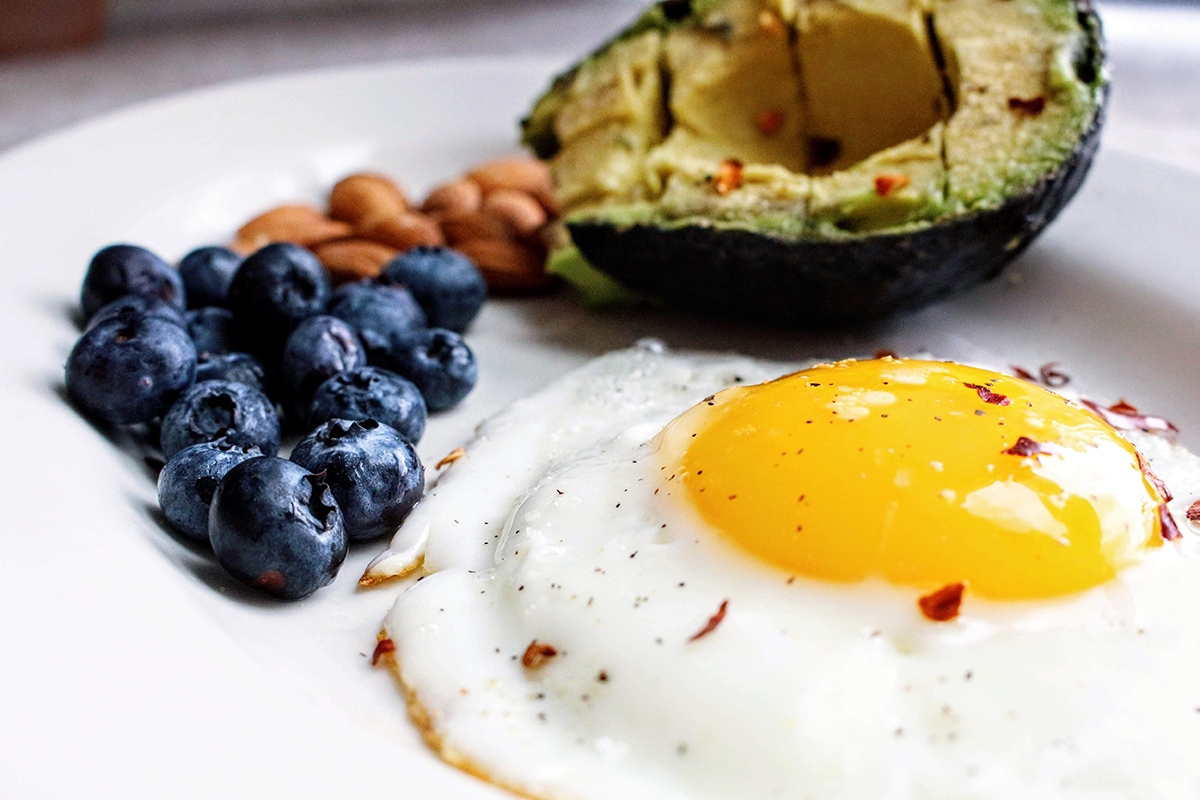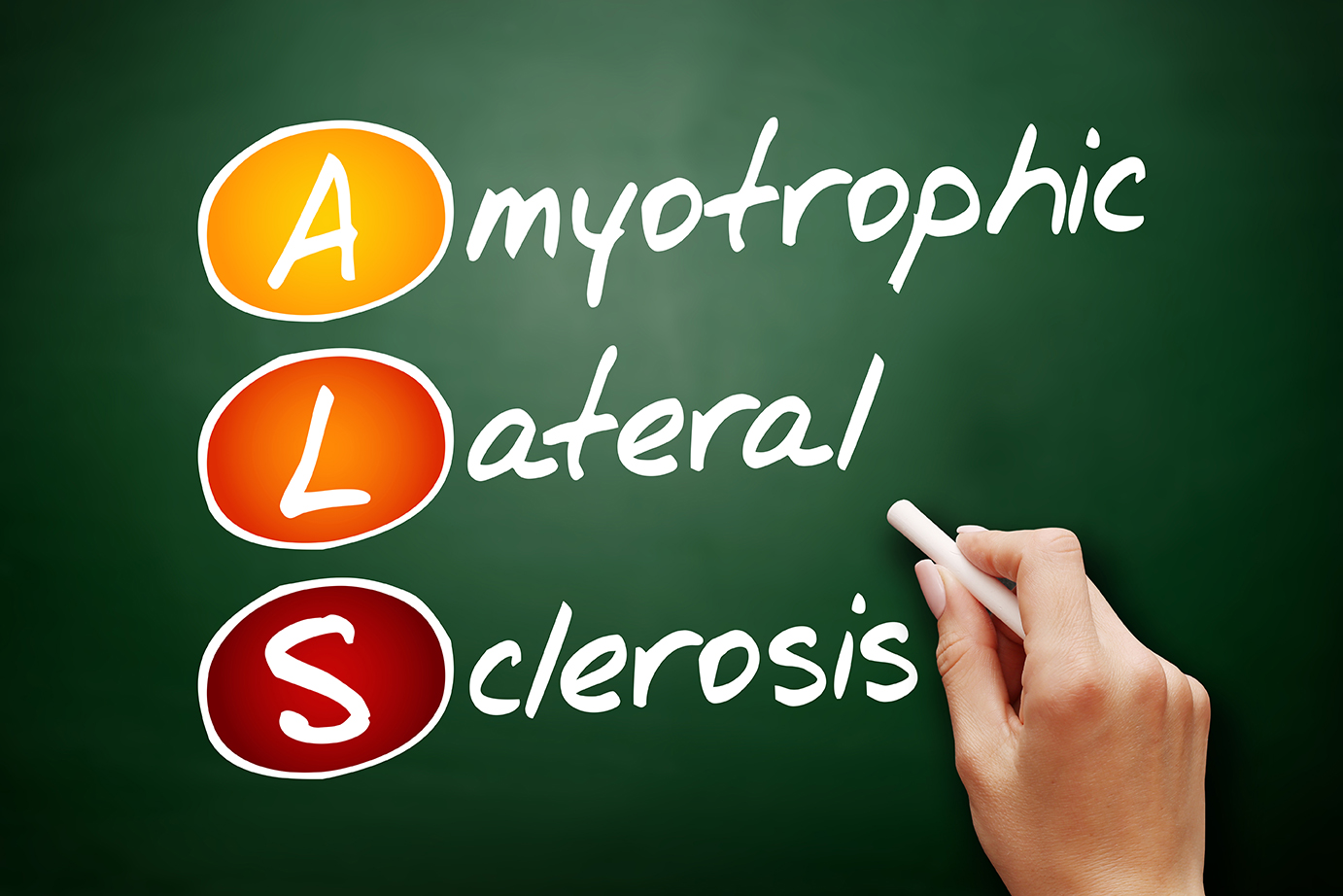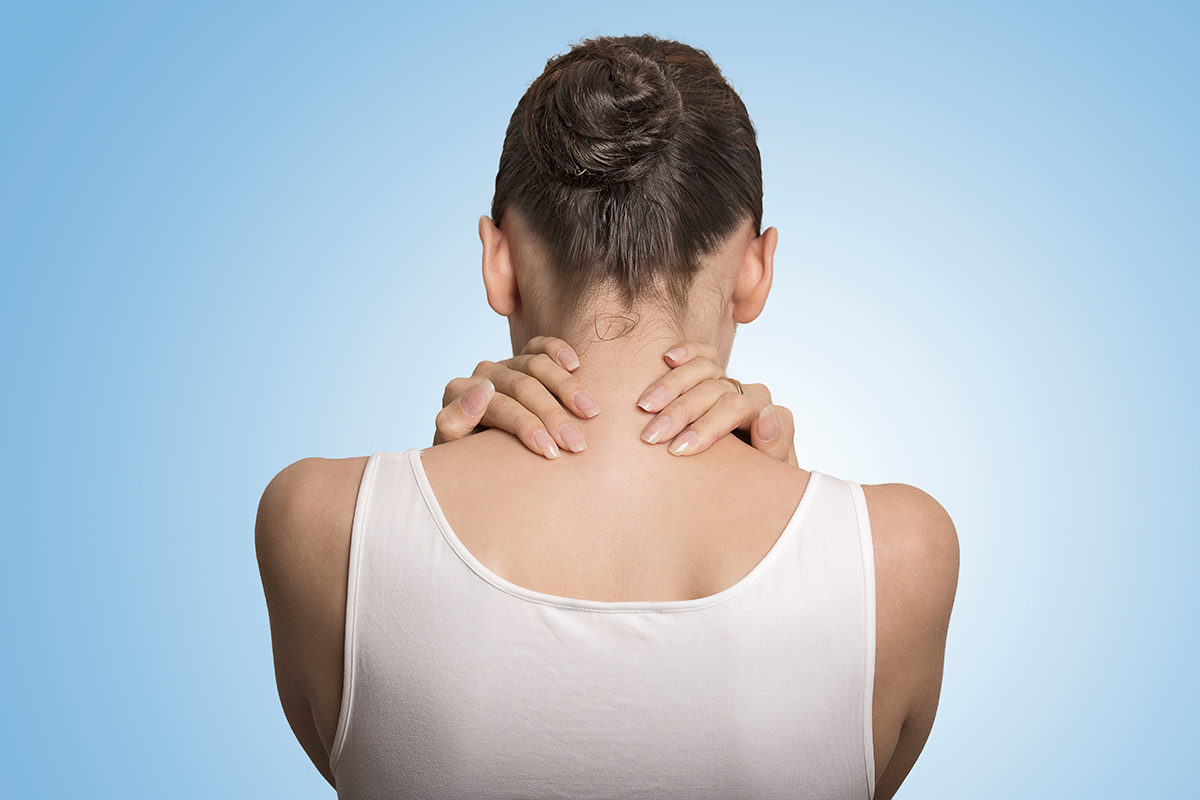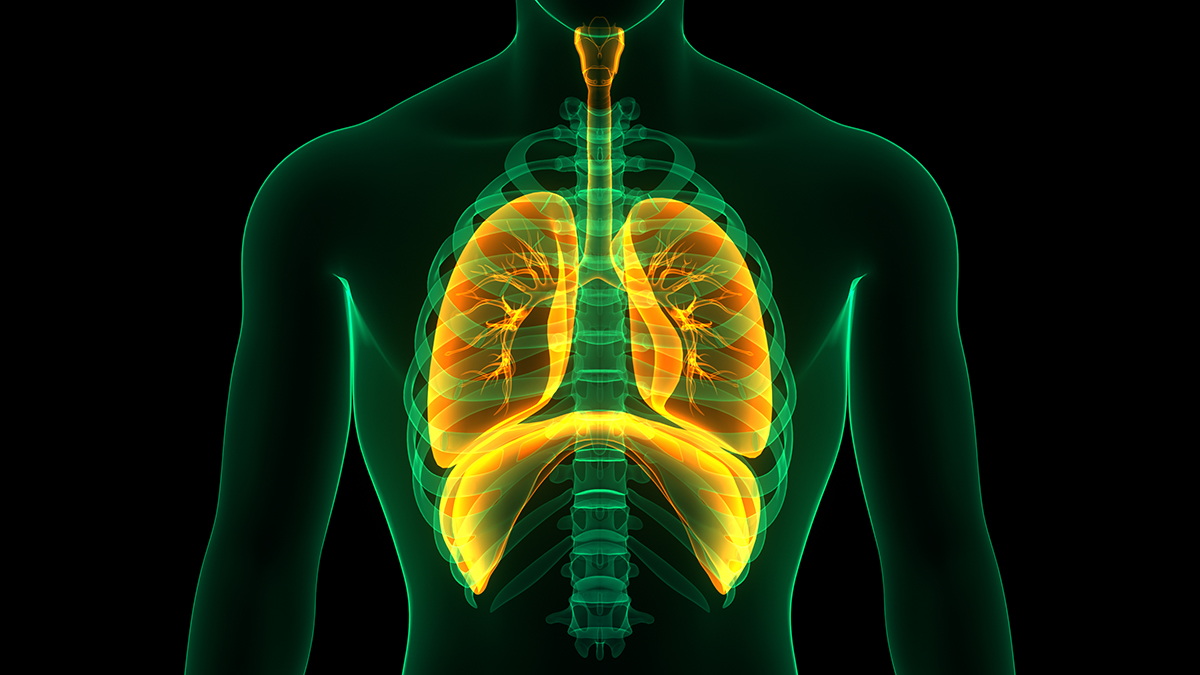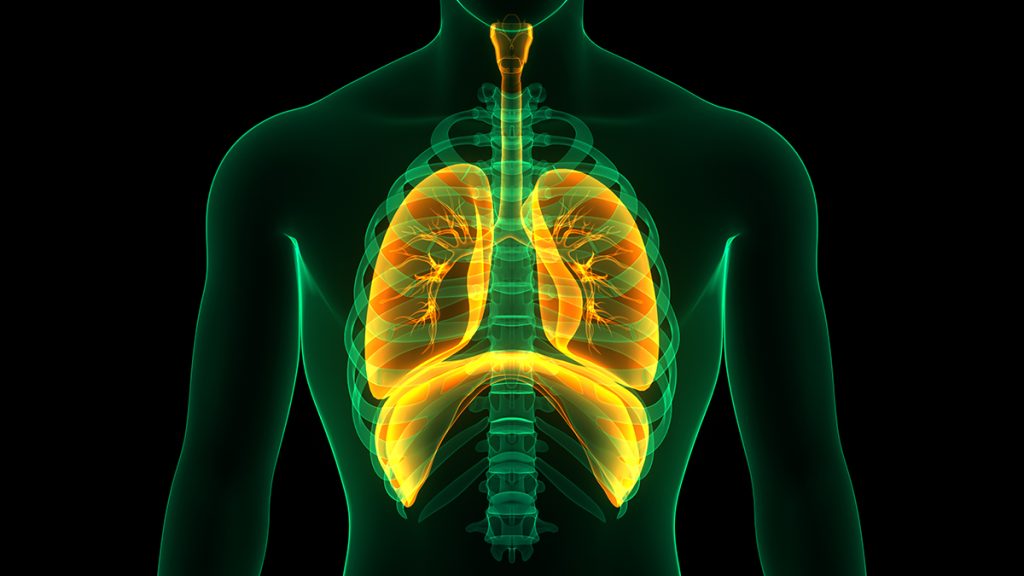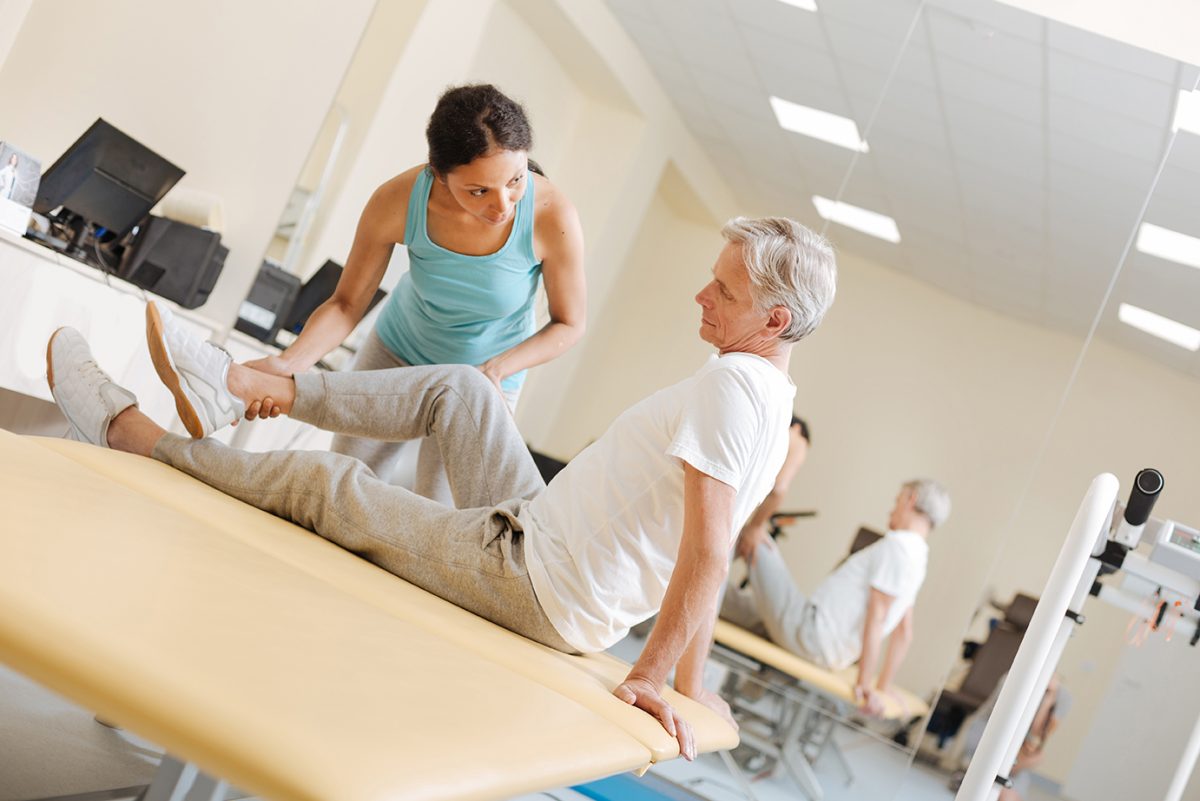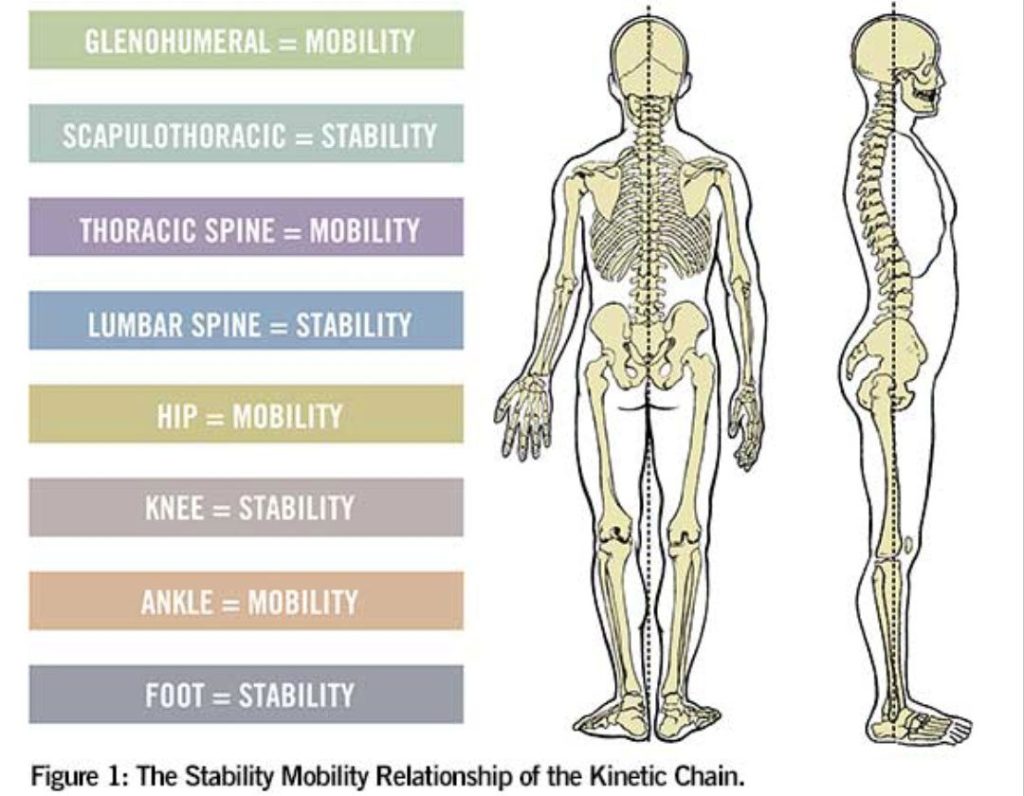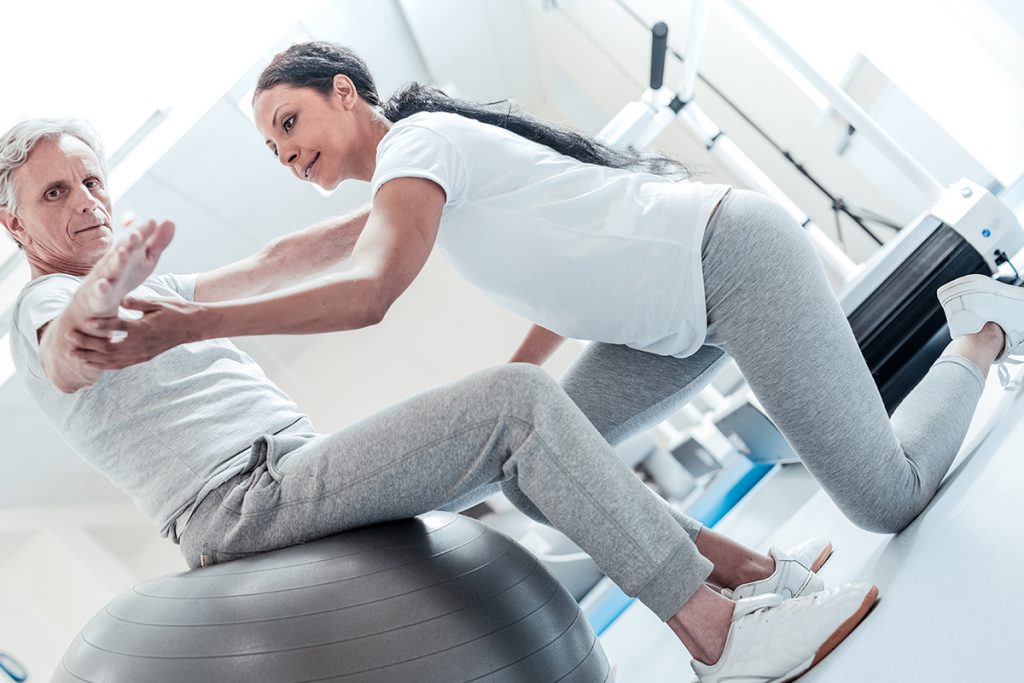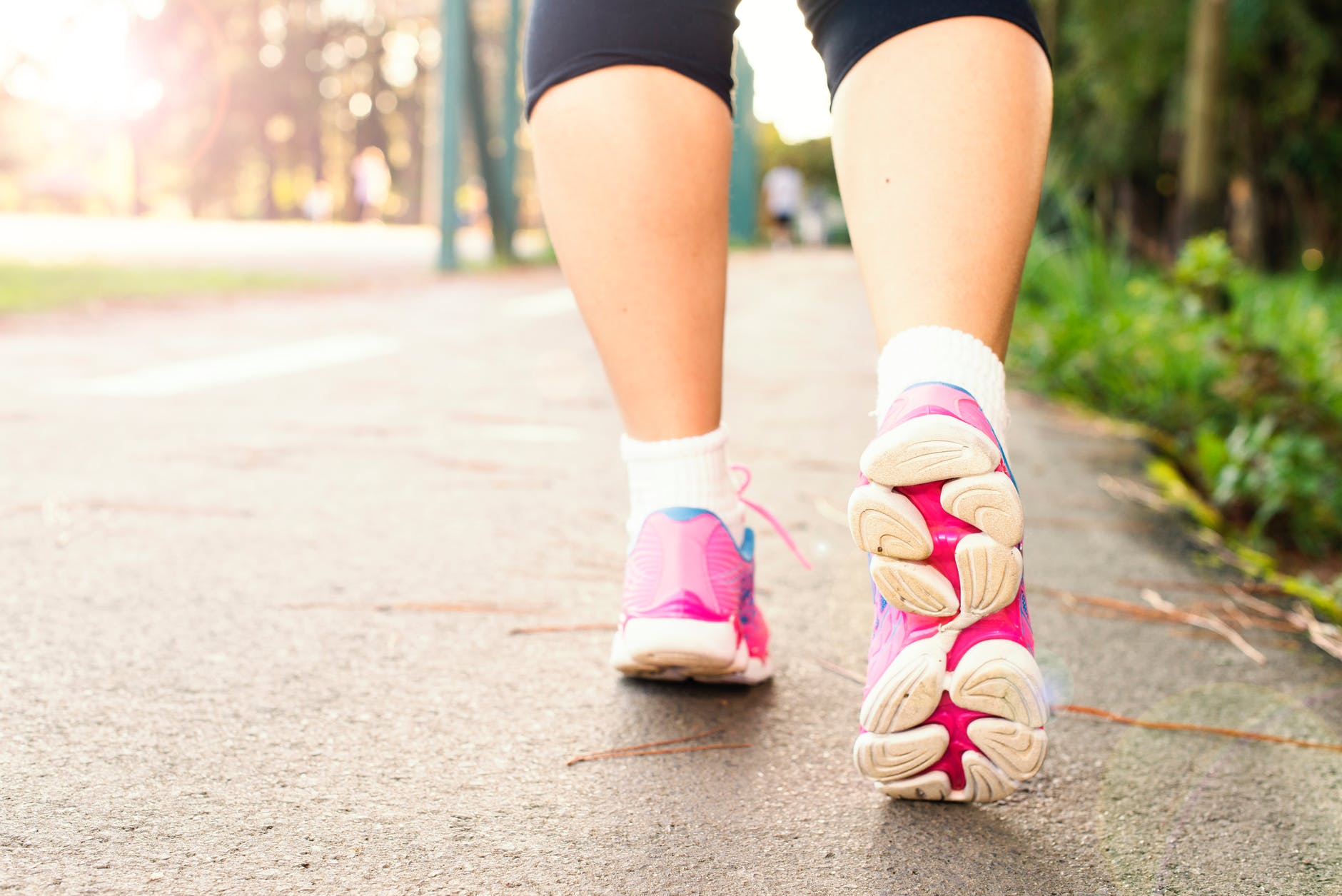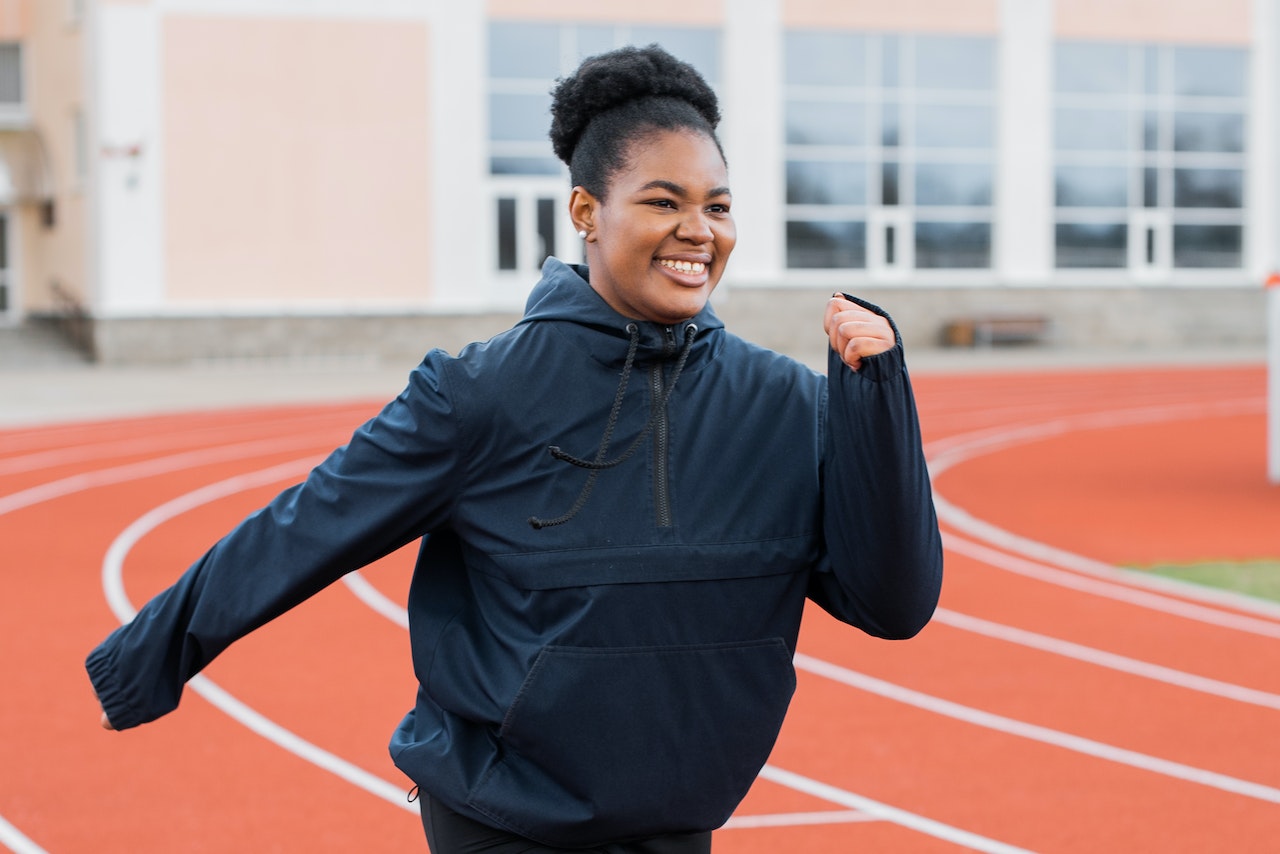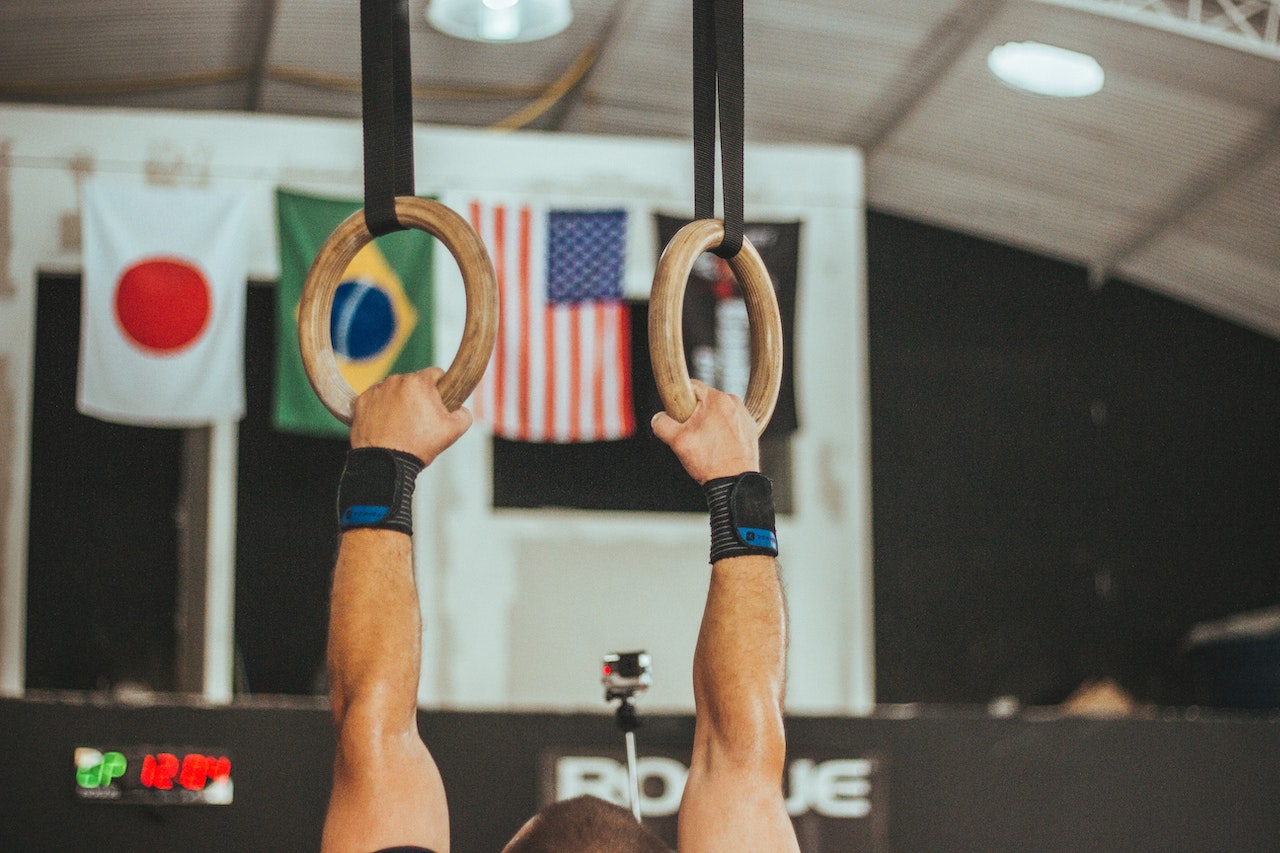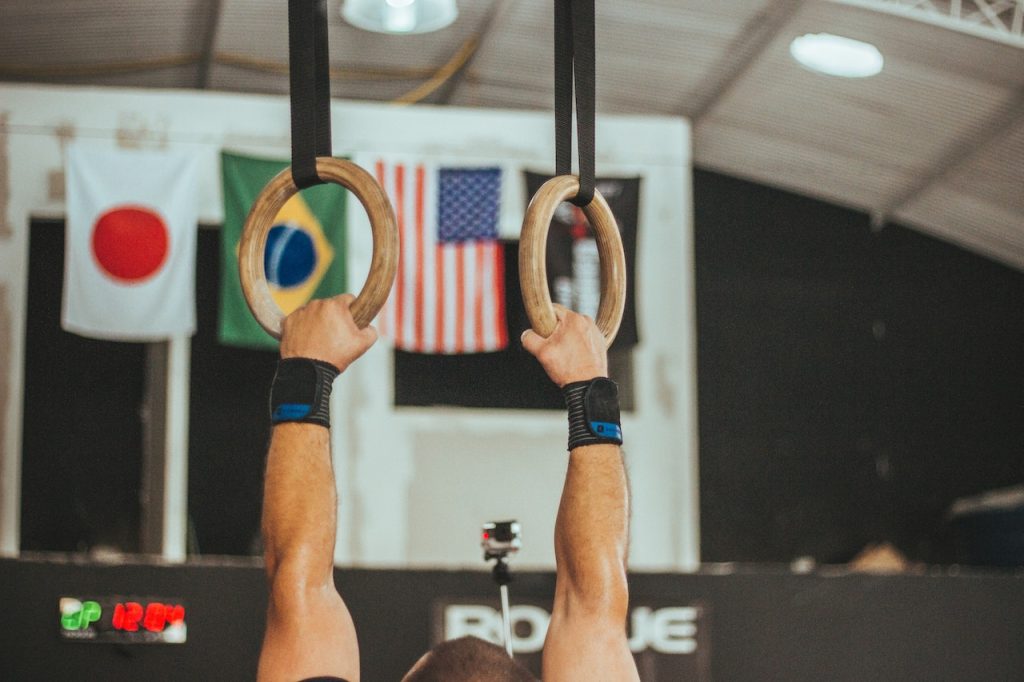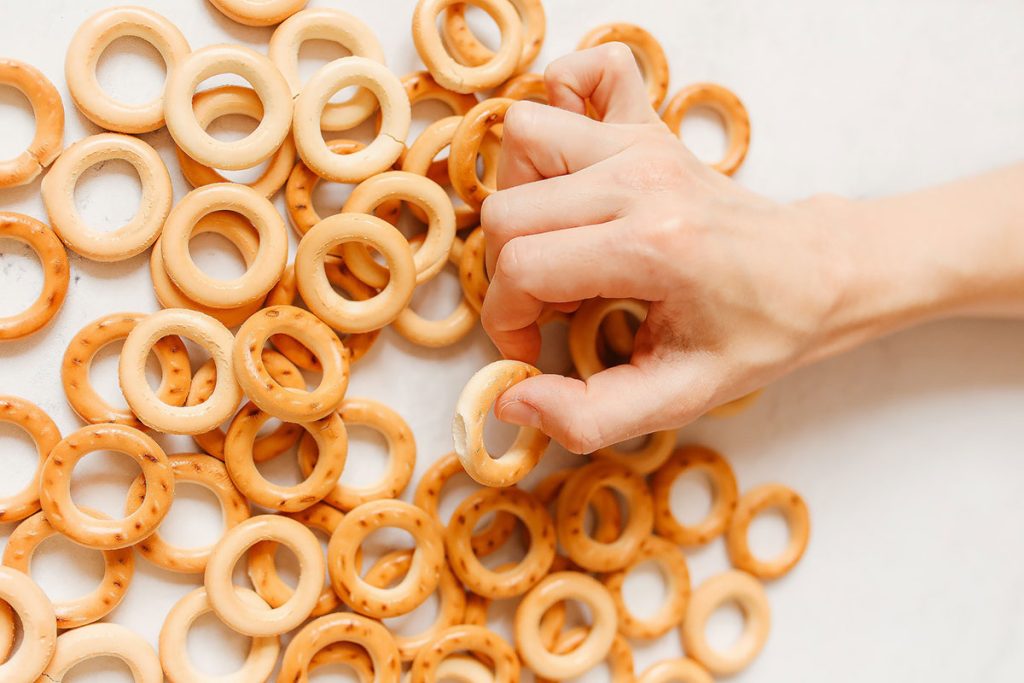Breakfast and Lunch: Food for Thought
Enjoyment of food should be one of life’s pleasures. Unfortunately, I counsel too many athletes who scrutinize food and talk about eating nutrients (protein, carbs, and fat). They put a lot of energy into counting macros, calories and grams of sugar. Some find meals and snacks to be sources of anxiety, not enjoyment.
Way too many athletes and fitness exercisers consider breakfast and lunch to be somewhat optional. The goal of this article is to share food for thought about these two important meals of the day—and help you fuel your body adequately, enjoyably, and effectively for your sports-active lifestyle.
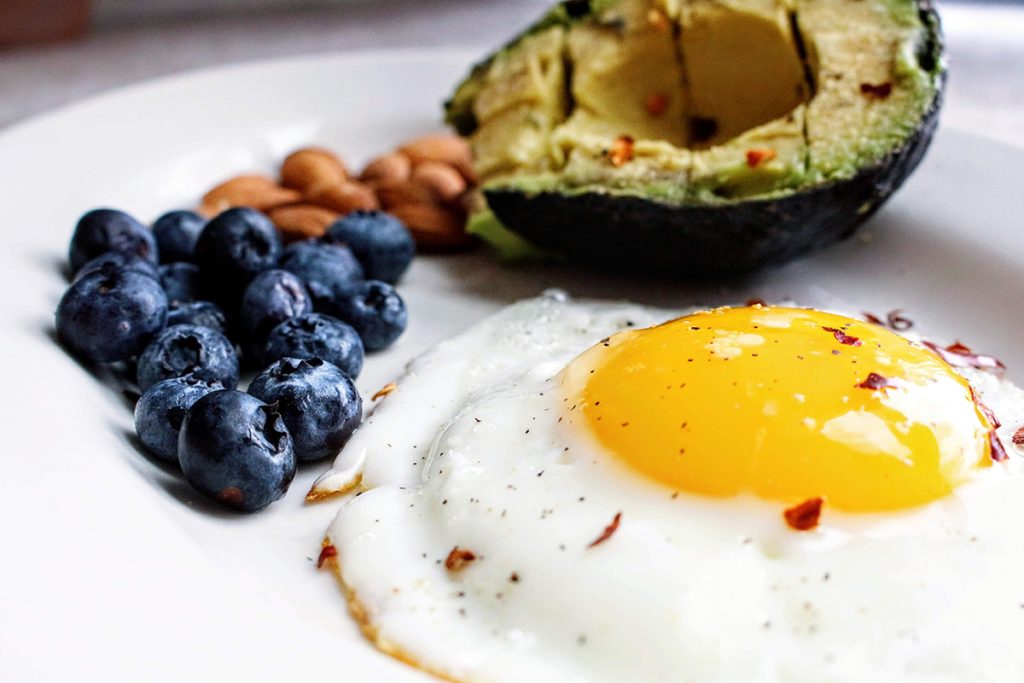
Breakfast thoughts
• Weight-conscious athletes: please don’t even try to restrict calories at breakfast (or lunch). You need energy during the active part of your day to refuel from your morning workout or fuel up for your afternoon session. Your best bet is to fuel well by day, eat a lighter dinner, and lose weight at night when you are sleeping! As one dieter reported,“I lost weight easily when I ate dinner for breakfast and breakfast for dinner.” Give that a try?
• Remember when orange juice was a standard part of breakfast? Today, many athletes have stopped drinking orange juice because “it has too much sugar.” That might be true for unfit people with bodies that metabolize sugar far differently than the bodies of athletes. But for athletes, OJ is OK—a quick, easy, and thirst-quenching form of fruit. The natural sugars in orange juice offer helpful fuel before or after a morning workout— while simultaneously providing a day’s supply of Vitamin C, plus potassium, folate, and other health-promoting nutrients.
Ironically, the same athletes who shun orange juice often fail to take the time to eat a whole orange (or other fruit) instead. All 100%-juices are an easy way to boost the intake of this important food group. Any form of fruit—juice, canned, dried, frozen—is better than no fruit!
• Many athletes take pride in cooking their steel-cut oats, believing they are far more nutrient-dense than good ol’ fashioned rolled oats. Both rolled and steel-cut oats have similar nutritional value. The difference is steel-cut oats are cut, instead of softened and then rolled, and take far more time to cook.
• Please don’t try to “stay away from” peanut butter, believing it to be “fattening.” Rather, enjoy peanut butter on toast and bagels, or blended into smoothies, or swirled into oatmeal. PB’s fat is health-protective, anti-inflammatory, and satiating. It’s slow to digest, which helps keep you feeling fed until lunch.
• Whole grain breakfast cereals that are enriched or fortified (as noted on the label) can be good sources of iron, needed to reduce your risk of developing iron-deficiency anemia. Athletes’ diets can easily be low in iron if they do not eat red meat or cook in a cast iron skillet. Hence, iron-fortified cereals topped with fruit (for vitamin C, to help absorb the iron), milk (dairy or soy, for calcium and protein), and almonds (for a bit more protein) offer an effective sports breakfast—as well as sports-snack.
• Almond milk on cereal or in your coffee is a nutritionally poor swap for dairy milk. Almond milk offers only 2 grams of low-quality protein, as compared to 8 grams of high-quality dairy protein. The protein in dairy milk is 80% casein and 20% whey—the stuff you get in protein powder! If you prefer plant-based milk, soy and pea milks are the best options for protein. Environmentalists, please note: Cars, not cows, will “ruin the planet.”
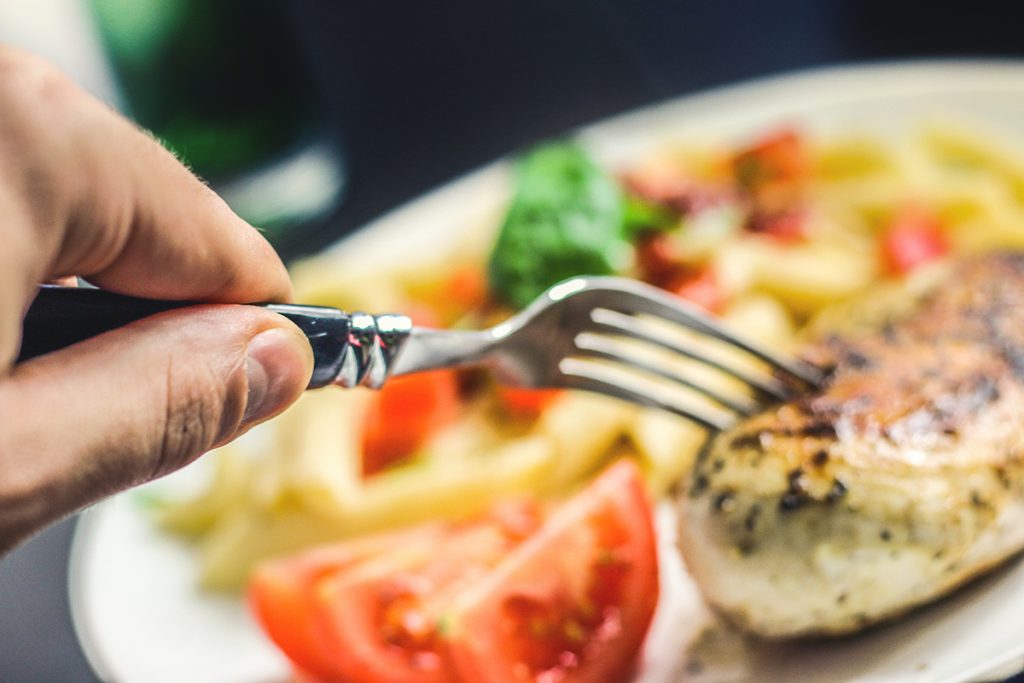
Lunch thoughts
• If you feel hungry an hour or two after lunch, you did not eat enough lunch. How much lunch is enough? By listening to your body’s signals, you can intuitively eat the right amount. The key is to pay attention to why you stop eating at lunchtime. Do you stop eating because 1) The food is gone? 2) You think you should? 3) You feel content and nicely satiated?
The correct answer is 3) You feel content. An adequate lunch will leave you feeling fed for three to four hours. You’ll no longer crave afternoon sweets within an hour or two post-lunch. A hearty lunch helps curb 3:00 pm snack attacks and helps you arrive home at the end of the day with the energy to cook a decent meal. You will eventually eat the calories, so why hold off until you can no longer white-knuckle the hunger?
• Despite popular belief, sandwich bread is NOT fattening; excess calories of any kind are fattening. You can even enjoy a bagel for breakfast and a sandwich for lunch without “getting fat”! Carb-rich bread will fuel your muscles far better than a carb-lite lunchtime salad.
• If you are among the many athletes who eat a salad for lunch—and then complain you are craving sweets and eating cookies an hour or two later, think again. While salads are a helpful way to boost your intake of veggies, you might be better off satiating your appetite with PB & J or a turkey/cheese/pesto sandwich made on Dave’s Killer Bread or other hearty bread. For veggies, simply, munch on cherry tomatoes, baby carrots, and pepper strips; far easier than making a salad!
• If you insist on eating a salad for lunch, make sure it is an “athlete’s meal” that offers a hefty dose of starchy veggies (sweet potato, beets, corn) and grains (farro, quinoa, pasta, a whole grain roll on the side). A bowlful of greens (50 calories) smothered with 350 calories of dressing will leave you with poorly fueled (i.e., tired) muscles.
To put the need for carbohydrates into perspective, a 150-pound athlete who trains hard for 1.5 to 2 hours a day should target at least 3 grams of carb per pound of body weight per day = 450 g carb = 1,800 calories from carbs/day = 500-600 calories carbs/ meal. A big spinach salad comes nowhere near that!
• Even if you want to build muscle, don’t over-eat protein to the extent it displaces carbohydrates. Poorly fueled muscles won’t be able to lift weights as well as when carb-loaded. Think again before filling up on a high protein, low carb green salad + big chicken breast + dressing for lunch. A sports diet should contain three times more calories from carbs than protein.
Bottom line
Please enjoy satisfying breakfasts and lunches that keep you feeling fed for three to four hours. You will feel happier, more energetic, have better workouts, be less ravenous at the end of the day—and be less likely to overeat the “wrong” food at night. Experiment?
Nancy Clark MS RD CSSD counsels both fitness exercisers and competitive athletes in the Boston-area (Newton; 617-795-1875). Her best-selling Sports Nutrition Guidebook is a popular resource, as is her online workshop. Visit NancyClarkRD.com for info.

